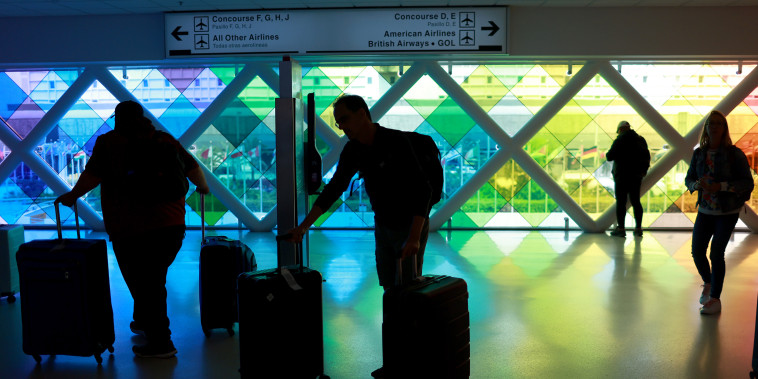Air Travel Demand is Breaking Records, but Airline Profits Are Not Keeping Up
The aviation industry has been facing a paradoxical situation in recent years – while air travel demand is soaring to new heights, airline profits have failed to match the surging demand. This discrepancy has raised concerns among industry experts and stakeholders alike, as they try to understand the underlying factors driving this trend.
One of the primary reasons for this divergence between demand and profitability is the intense competition amongst airlines. The global aviation sector has witnessed a proliferation of low-cost carriers in recent years, driving down airfares and squeezing profit margins for traditional airlines. These budget airlines have democratized air travel, making it more affordable for a larger segment of the population but also intensifying the competition.
At the same time, rising operational costs have placed additional strain on airline profitability. Fluctuating fuel prices, security regulations, and the need to upgrade aging fleets have all contributed to mounting costs for airlines. Despite efforts to increase efficiency and streamline operations, many airlines continue to grapple with thin profit margins, with some even operating at a loss.
Furthermore, external factors such as geopolitical instability, natural disasters, and global health crises like the COVID-19 pandemic have further destabilized the aviation industry. These unforeseen events can disrupt flight schedules, deter travelers from flying, and create financial turmoil for airlines, making it challenging for them to sustain profitability in such uncertain times.
The shift in consumer preferences has also played a significant role in reshaping the dynamics of the aviation industry. Passengers are increasingly prioritizing affordability and convenience over traditional airline loyalty, opting to book flights based on price and schedule rather than brand reputation. This has prompted airlines to adopt innovative pricing strategies and ancillary revenue models to stay competitive in an ever-evolving market.
In response to these challenges, airlines are exploring new avenues to boost profitability and enhance their resilience in the face of adversity. Some carriers are focusing on diversifying their revenue streams by offering premium services, such as in-flight entertainment, enhanced legroom, and personalized customer experiences, to attract high-paying passengers and improve overall profitability.
Additionally, airlines are investing in digital technologies and data analytics to optimize their operations, improve fuel efficiency, and enhance the overall passenger experience. By harnessing the power of big data and artificial intelligence, airlines can better anticipate consumer preferences, streamline their services, and drive cost savings, ultimately leading to improved profitability in the long run.
As the aviation industry grapples with the complexities of balancing surging demand with dwindling profits, stakeholders must collaborate and innovate to navigate these turbulent times successfully. By embracing change, adopting a customer-centric approach, and leveraging technology to drive efficiency, airlines can position themselves for sustained growth and profitability in the dynamic landscape of the air travel industry.
